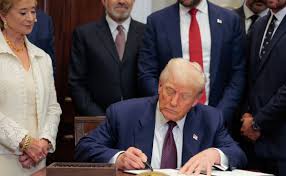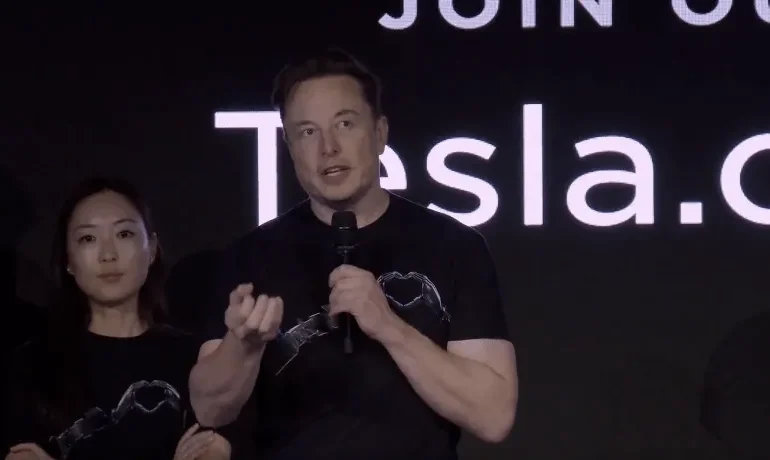New Tariffs and Trade Deals Announced
President Donald Trump announced increased tariffs on imports from India, Brazil, and South Korea as a critical trade negotiation deadline approaches this Friday. In a social media post, Trump confirmed a 25% tariff on Indian goods, citing India’s heavy reliance on Russian energy and military equipment as a key reason. Talks with India are reportedly ongoing despite the tariff announcement.
Brazilian products now face a 50% tariff following U.S. sanctions against a Brazilian judge handling former President Jair Bolsonaro’s alleged coup plot case. Trump has openly criticized Brazil’s treatment of Bolsonaro, a major ally during his first term.
Meanwhile, South Korea reached a deal with the U.S. to reduce its tariff rate from 25% to 15%, coupled with a commitment to invest $350 billion in U.S. industries and purchase $100 billion worth of LNG and other energy products. South Korean President Lee Jae-myung welcomed the agreement, highlighting its positive impact on trade stability and competitiveness.
Background and Impact of Tariffs
These tariff actions are part of Trump’s broader strategy to protect American industries and reduce reliance on foreign imports. Trump had initially threatened tariffs as high as 26% on Indian goods in April, but the current 25% tariff still marks a significant increase from India’s previous average tariff rate of 2.4%. India remains a key supplier of products to the U.S., including smartphones, chemicals, plastics, and agricultural goods.
Apple, for example, has increasingly shifted iPhone production to India, making it the top source of smartphone imports for the U.S., with exports worth $17 billion last year. Apple CEO Tim Cook recently noted that most iPhones sold in the U.S. would originate from India starting this quarter.
India, in return, applies an average tariff of 5.2% on U.S. products, including machinery, oils, cement, and glass.
Wider Trade Policy and Economic Effects
Trump’s tariff policies have created uncertainty across the global economy. The Yale University Budget Lab estimates the average U.S. tariff rate to be 18.2%, the highest since 1934, potentially costing American households up to $2,400 annually.
In addition to India, tariffs on goods from Indonesia and the Philippines are set at 19%, while Japan and the European Union face 15% tariffs. A recent agreement with Vietnam imposes 20% duties, increasing to 40% for goods rerouted from China.
Despite concerns, major U.S. stock indexes have remained resilient, as many companies adjust to the new trade environment with less impact than initially feared.
Correction Note: Earlier reports misstated the Brazil tariff rate as 90%; the correct rate is 50%.
Key Highlights:
-
25% tariff on Indian imports due to Russian energy ties
-
50% tariff imposed on Brazilian goods amid political tensions
-
South Korea agrees to 15% tariff with $350B investment and energy purchases
-
Apple shifts major iPhone production to India, increasing trade significance
-
Global tariff rates rising, impacting trade and consumer costs






